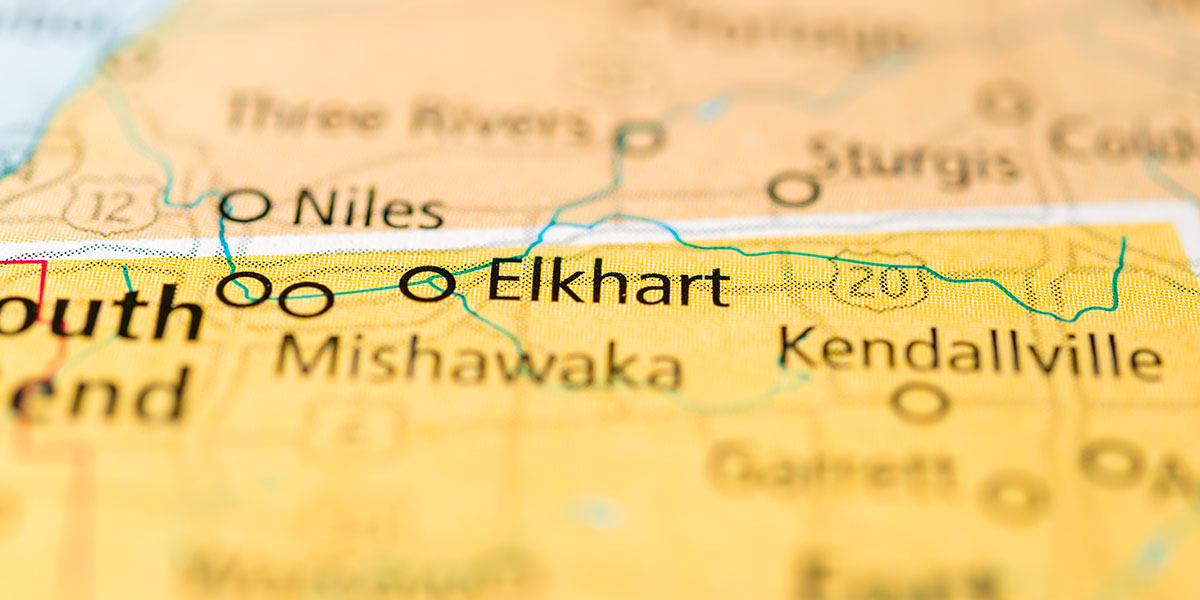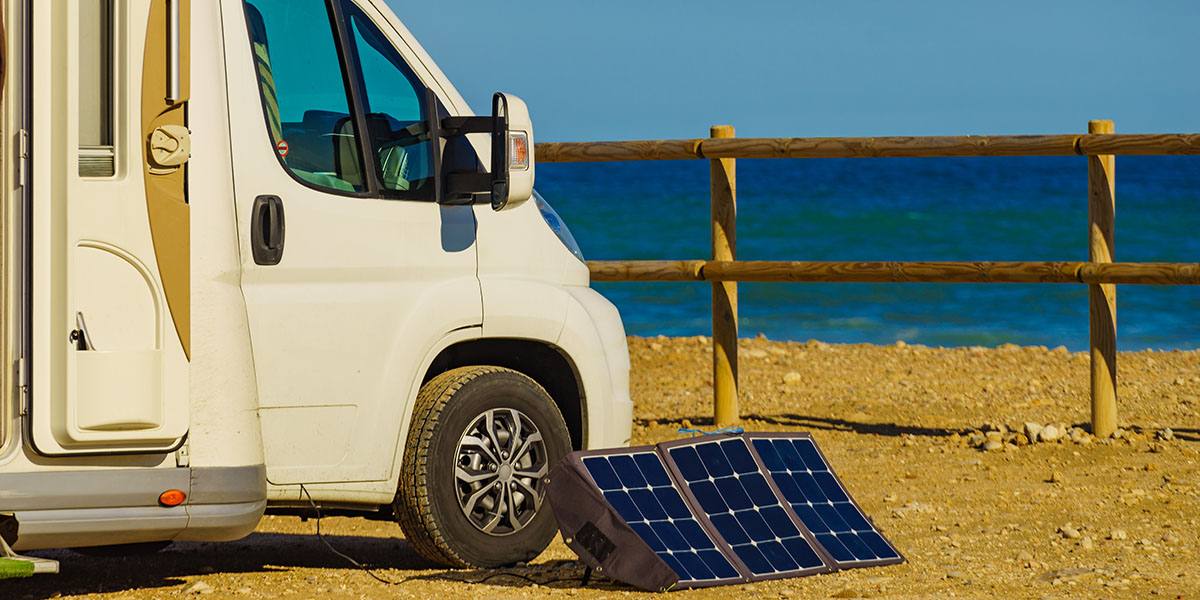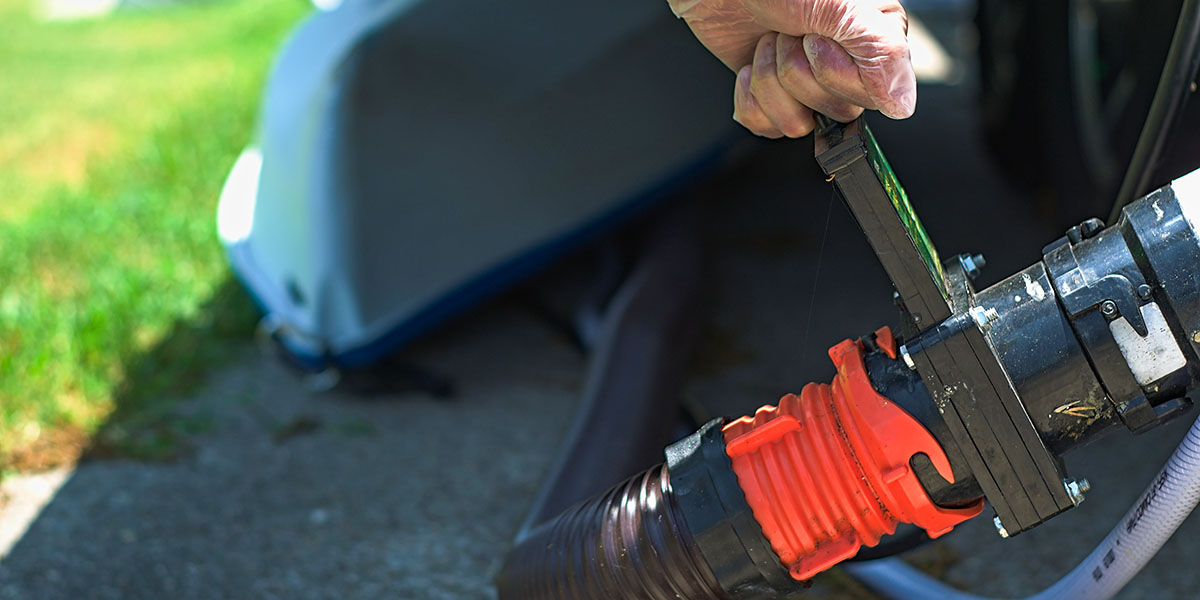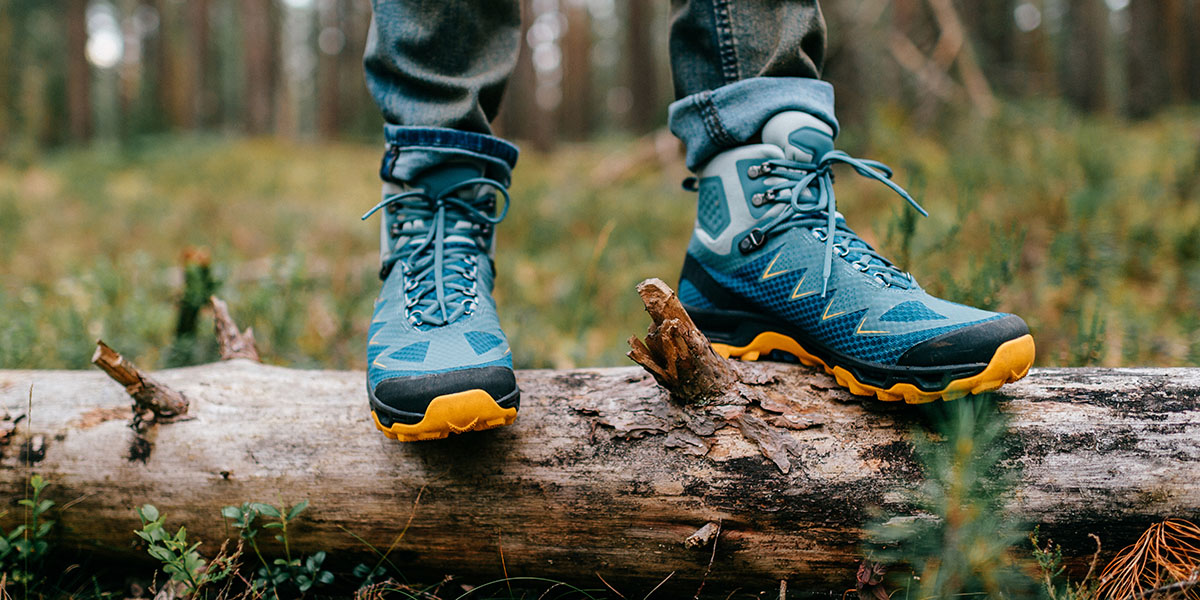It doesn’t take long to figure out that there is a center of the RV world. If you’ve spent any time researching RVs, shopping for your next rig, or daydreaming about life on the road, chances are you’ve heard of Elkhart, Indiana. Known as the “RV Capital of the World,” this small Midwestern city has long been the epicenter of RV manufacturing. And tucked right in the heart of it is a hidden gem that every RV enthusiast should have on their bucket list: the RV/MH Hall of Fame.
So, whether you are just passing through northern Indiana or setting out on an RV pilgrimage, visiting the RV Hall of Fame is a worthy destination. Always rewarding, the stop is fun, educational, and delightfully nostalgic.
Here’s everything you need to know to plan your visit to the RV Hall of Fame.
What is the RV Hall of Fame?
Officially called the RV/MH Hall of Fame, this unique museum and archive celebrates the rich history of the recreational vehicle and manufactured housing industries. (I’d have guessed the “MH” was motorhome!)
The facility includes:
- A massive museum filled with vintage and modern RVs;
- The Heritage Foundation Library and Archives; and
- The Hall of Fame honoring industry pioneers and innovators.
All that is great, but the real fun is walking through the museum. The best way to describe is that it feels like stepping back in time. (Or jumping ahead — they have a speculative interworld concept for the future too!) There, you’ll see everything from early 1910s travel trailers to the flashy motorhomes of the 1970s — and plenty of modern marvels.
Where is it located?
You’ll find the RV Hall of Fame in Elkhart, Indiana. In fact, it’s right off Interstate 80/90 (the Indiana Toll Road). The address is:
21565 Executive Parkway
Elkhart, IN 46514
As you might expect, this location is super convenient for RVers who are traveling through the Midwest. In fact, if you’re road-tripping along I-80/90, it’s quite easy to make this a stop along the way.
Pro Tip: There’s plenty of RV parking on-site, so bringing your rig isn’t an issue.
What’s worth seeing in the museum?
For most RV enthusiasts, the biggest draw is the RV Founders Hall. This sprawling exhibit space showcases over a century of RV history. There, you can expect to see (and in some cases enter) the following:
- Vintage travel trailers. Step inside early campers from the 1910s–1950s and appreciate how far (and how cozy) RV design has come.
- Classic motorhomes. From retro Airstreams to rare prototypes, this section is pure nostalgia for longtime RVers and curious newbies alike.
- Unique prototypes and rare rRigs. Some models never made it to mass production, making this a rare glimpse at RV innovation through the decades.
- Modern units on display. The museum doesn’t just focus on the past. You’ll also find sleek, contemporary RVs and motorhomes from well-known brands.
For RV history buffs, it’s a chance to see how RV life evolved from basic, tent-style trailers to the modern rolling homes many of us enjoy today.
Is it just RVs?
Well, mostly! However, while the vintage RV displays are the star of the show, the RV Hall of Fame has a few more highlights worth checking out:
- The Hall of Fame Gallery. Learn about the people who shaped the RV and manufactured housing industries.
- The library and archives. If you love technical details, industry history, or classic RV literature, this research area is packed with documents and resources.
- Gift shop. Pick up RV-themed souvenirs, books, and memorabilia.
What’s admission like?
As of this writing, here’s what you can expect for your visit.
Hours
- Monday through Saturday: 9:00 a.m. – 5:00 p.m. (EST)
- Closed Sundays and major holidays
Admission Prices
- Adults: $15
- Seniors (60+): $12
- Youth (6–16): $10
- Kids under 6: Free
It’s always a good idea to double-check the current hours and admission rates on the official website before your trip, especially if you’re visiting around a holiday.
Is there RV parking and camping nearby?
The RV Hall of Fame offers free, spacious parking for RVs and tow vehicles, making it a stress-free stop whether you’re traveling in a motorhome, trailer, or van.
If you’re looking to camp nearby, there are several options in the area, including:
- Elkhart Campground. Full hookups and a convenient location just a few miles from the Hall of Fame.
- KOA Middlebury. A bit farther out, but a popular choice for travelers exploring the region.
- Merrillville or South Bend Options. Ideal if you’re continuing along I-80/90.
Speaking of South Bend, for any fellow college football fans, this area has another big draw. Just about 30 minutes from Elkhart is the iconic University of Notre Dame, home of the Fighting Irish. As a huge college football fan, I always love being near fun college towns like this—especially in the fall when the leaves start changing and football season kicks off. It’s easily my favorite time of year. My wife Rocio on the other hand, loves the crisp weather and cozy fall vibes, but let’s just say she tolerates the football part for me. Fair trade, I’d say.
So, you find yourself on the way to South Bend for the big game, maybe a swing through Elkhart would be fun add-on for your trip.
Ultimately, is it worth the visit?
If you’re an RVer — whether you’ve been on the road for years or you’re still in the dreaming stage — the RV Hall of Fame is well worth the visit.
It’s not just about admiring vintage rigs (although that part’s pretty fun). It’s about appreciating how RV travel has evolved, seeing the roots of the lifestyle we love, and walking away with a deeper appreciation for the community and industry behind it.
For anyone passing through Indiana or making an RV pilgrimage to Elkhart, this stop checks all the boxes: interesting, educational, and full of RV inspiration.
Put this trip on your RV bucket list.
The RV Hall of Fame is one of those spots that often flies under the radar — but for RV owners and enthusiasts, it’s simply a must-see. Whether you’re into history, design, or simply love exploring unique destinations, this museum offers a little something for everyone.
So, if you find yourself cruising along I-80/90, consider making a pit stop in Elkhart. Stroll through decades of RV history, snap some photos, maybe pick up a little inspiration for your next adventure—and if you happen to visit during football season, maybe sneak over to South Bend for a game or to soak in the atmosphere.
After all, seeing where RV life started makes you appreciate where it’s going—and reminds us that no matter what you travel in, it’s all about the journey.









